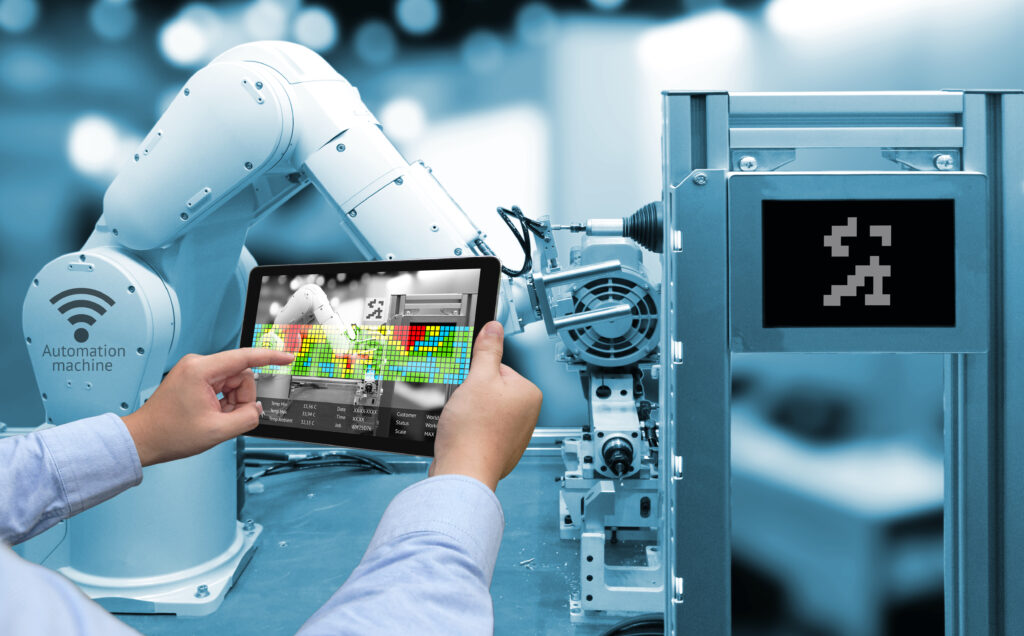
Andrea Antonello, a 35-year-old aerospace engineer from Venice, currently based in London, has recently presented an innovative robotic arm, “The CRAB”, which will be launched into space by 2026 with the aim of making the universe more accessible and sustainable for generations to come. This is a one-of-a-kind mission that will pave the way to other similar initiatives.
The CRAB, which stands for CLEAR Robotic Arm Breadboard and resembles the animal, will be installed on a lateral panel of a satellite that has been developed in less than 12 months. Its main task will be to carry out inspection and manipulation operations, thanks to a video camera and a claw installed at the end of the arm, to remove space debris, which are man-made objects that are still in orbit, but are no longer used or were lost during a spacewalk.
Space debris comes in all sizes, from a microscopic flake of paint to non-operating satellite and rocket bodies that no longer work. This “garbage” potentially conceals serious dangers to space access, since any accidental collisions could generate a chain reaction that would make it inaccessible for decades. At typical orbital speeds (5-7km/s), a fragment of metal a few millimetres in size has so much kinetic energy that it can completely destroy a satellite.
Andrea Antonello added that: “A mission for the removal of space debris consists of a series of sequential operations that must be perfectly synchronised. After launch, the sweeper satellite approaches the orbit of the satellite to be removed. When the sweeper and the debris begin to get close (a few km away), the actual approach phase begins, in which video cameras and other measurement systems try to estimate the motion and speed of the “dead” satellite. Once the servicer is close enough, a very complicated dance begins during which the sweeper tries to get close to the debris without touching it: finally, the capture system unfolds and “hugs” the debris. Once captured, the debris is then released into the atmosphere where it will burn and dissolve during re-entry into the atmosphere.”

